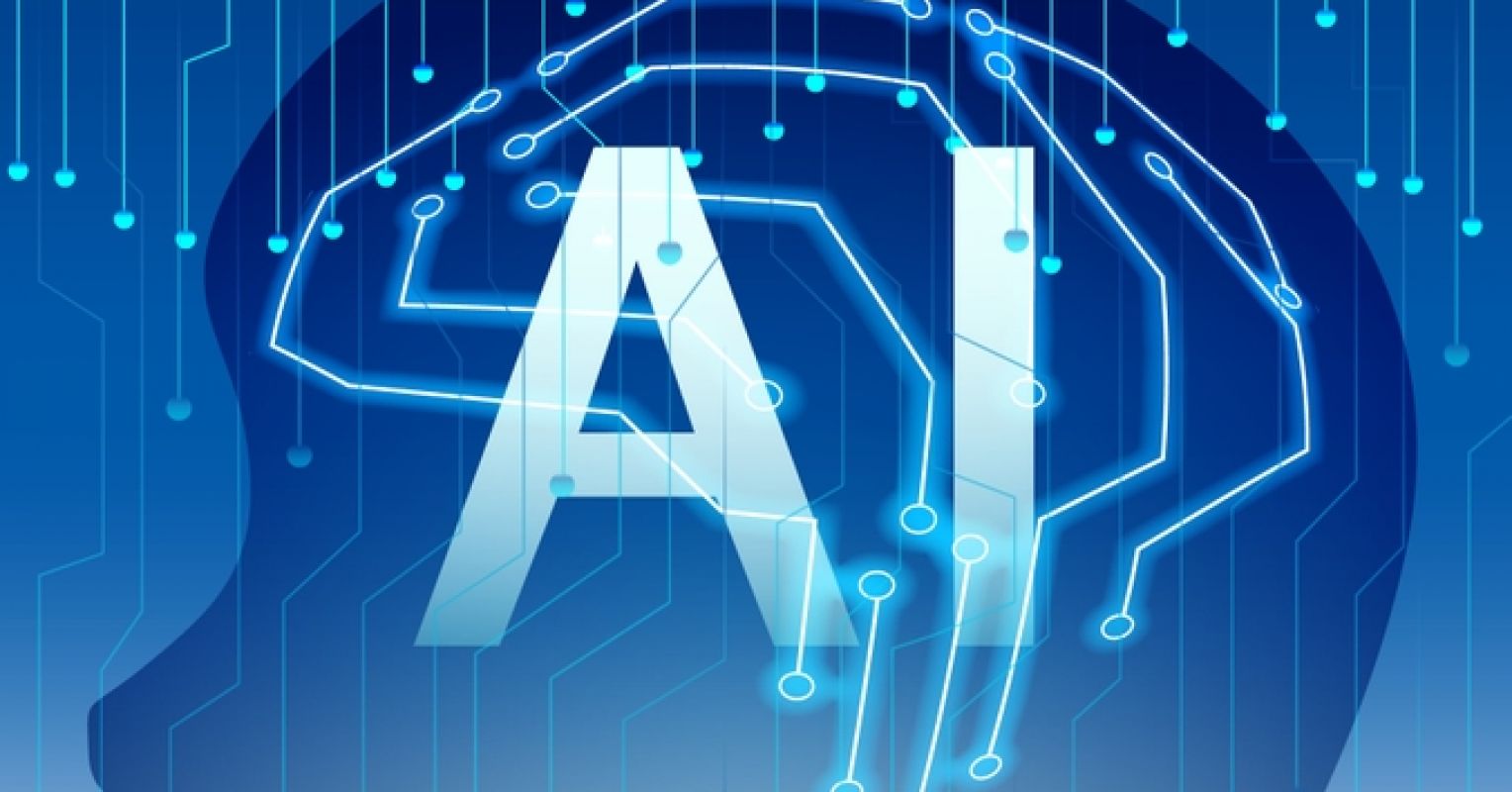
"The most prominent AI systems today are Large Language Models (LLMs) like ChatGPT, Claude, Grok, Perplexity, and Gemini. These systems work through computational models that mimic the human brain's structure, thus termed "neural networks." They consist of interconnected nodes that process and learn from internet data, enabling pattern recognition and decision-making in the field of artificial intelligence called "Machine Learning." LLMs are trained on massive datasets containing billions of words from books, websites, and other text sources."
"Critically, LLMs do not "understand" anything in the ways humans do. Simply, they identify statistical patterns. When an LLM generates a response, it is essentially completing a pattern based on similar contexts it encountered during training (Bender, et al., 2021). This means that in addition to providing information, LLMs can reproduce biases present in their training data, generate plausible sounding but incorrect information (a phenomenon called "hallucinations"), and completely lack the ability to synthesize genuinely novel ideas that go beyond recombination of existing patterns."
Brain development continues until about age 25, making adolescents and young adults particularly sensitive to technology exposure. Large Language Models (LLMs) operate as neural-network-based systems trained on massive text corpora and generate outputs by identifying statistical patterns rather than human-like understanding. Consequently, LLMs can reproduce training-data biases, produce plausible but incorrect "hallucinations", and lack genuinely novel creativity. Recommendation algorithms on social media and streaming platforms prioritize engagement by predicting user behavior, shaping attention and reward pathways. Excessive reliance on AI tools and constant algorithm-driven content exposure can impair attention, learning strategies, creativity, and mental health during critical developmental windows.
Read at Psychology Today
Unable to calculate read time
Collection
[
|
...
]